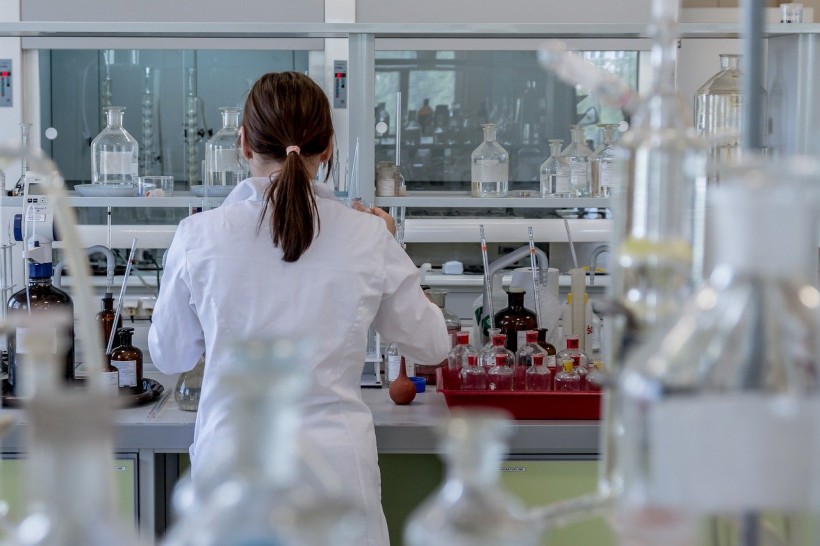An assay is a procedure of analyzing a sample's quality and quantity to determine an element's presence and concentration. It usually is, used in medical and research. During assay development, it is vital to consider every process up to the end. Therefore, as a forensic or life science diagnostic kit producer, it is crucial to know the fundamentals of designing and developing an assay. We will briefly discuss these things with you.
1. Identifying the Molecule in the Sample
The basis of developing an assay is identifying the molecule and its state. As the researcher, you may decide to measure the whole amount or a portion of it. The most important thing is to describe assay parameters and the goal of developing them. Therefore, you will need to identify the molecule in the sample you are focusing on.
2. Molecule Source Identification
Another crucial thing you must do is identify the molecule's source under examination. The source of the molecule will determine the accessibility and quantity of the sample. Identifying the source dictates the kind of pre-treatment the sample undergoes before the assay. The volume, accessibility, and stability of the selection will determine the design of the assay and how you develop it. Consider the number of samples you have for assaying to know how to do it.
3. Molecule Stability Identification
Molecules are collected in different ways, where some might require special procedures during the collection and preparation. During assay development, activities such as enzymes and oxidation may occur, which can affect the stability of the molecules. You must ensure that the molecule is not highly affected and retains its natural form. If the molecule is not stable enough, the data you get from the assay will be inaccurate.
4. Number of Samples in the Assay
The number of samples under examination is another vital element determining the assay design's complexity. Knowing the number of samples under test will dictate the method you will use for assay development. If you are assaying thousands of samples, you may also have to go for automated options. Therefore, it is crucial to know the number of samples during assay designing and development.
5. Measuring Results
After preparing the samples and identifying the molecule for assaying, the next important thing is deciding how you will measure the results you get. Some of the measurements in assay evaluation include quantitative measurements if you need exact and correct numeric measurements of the sample under assaying. You may also develop the assay through qualitative measures where you only need to report positive or negative results. In a semi-quantitative measurement, you will provide a positive or negative and add more details on a broad scale.
Conclusion
Regardless of the mechanism or function of the assay, some things are critical to its design and development. They include sensitivity, specificity, and reproducibility. Therefore, it is crucial to ensure proper sample preparation for the relevance of the assay development. By following the above things, you can simply measure the absoluteness and significance of the sample as long as you have correctly identified the molecule and its source.
* This is a contributed article and this content does not necessarily represent the views of sciencetimes.com















